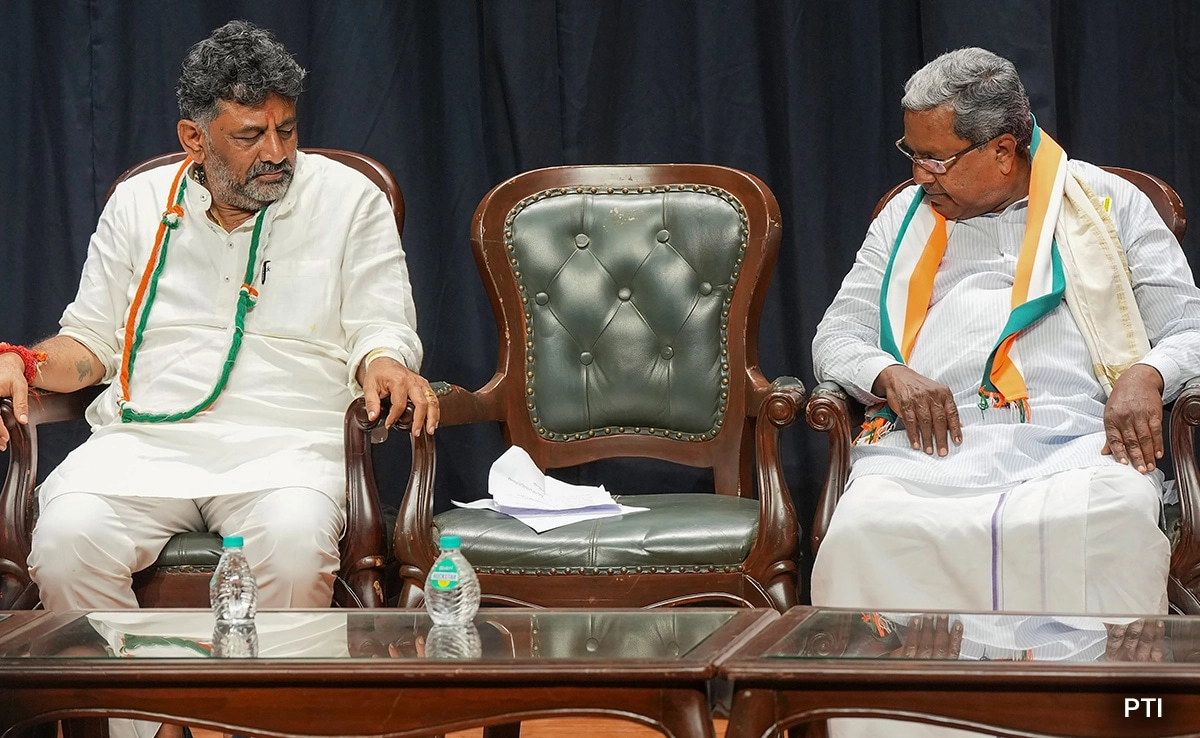The recent discussions surrounding the Bharatiya Janata Party’s (BJP) ‘Elevate-Exit’ theory have gained significant traction, particularly in light of Siddaramaiah’s evolving role within the Congress party. This theory posits a strategic approach where political leaders are elevated to higher positions within their parties while others are encouraged to exit the political landscape, thereby reshaping the party’s dynamics. As Siddaramaiah, a prominent figure in Karnataka politics, steps into a new role, the implications of this theory become increasingly relevant. His leadership could act as a catalyst for the Congress party, potentially revitalizing its stance against the BJP’s growing influence in the state.
In the backdrop of this political maneuvering, the BJP seems to be keenly aware of the shifting allegiances and the potential impact of Siddaramaiah’s resurgence. The ‘Elevate-Exit’ strategy appears to be a calculated response, aimed at consolidating power and mitigating any threats posed by a reinvigorated Congress. By promoting certain leaders and facilitating the exit of others, the BJP can create a more cohesive and focused party structure, which could prove advantageous in future elections. The political landscape in Karnataka is highly competitive, and every move made by either party can significantly alter voter sentiment.
Furthermore, Siddaramaiah’s return to a leadership role within Congress could be seen as a challenge to the BJP’s narrative. His experience and political acumen may rally support among the party’s base and disenchanted voters who are seeking alternatives to the current administration. This scenario underscores the importance of strategic positioning in politics, where leaders must navigate complex dynamics and capitalize on their opponents’ vulnerabilities. The interplay between the BJP’s strategies and Siddaramaiah’s role may shape the future of Karnataka politics, as both parties vie for dominance in a landscape marked by rapid change and intense rivalry.
As the political scene evolves, the effectiveness of the BJP’s ‘Elevate-Exit’ theory will be put to the test against Siddaramaiah’s potential to rejuvenate the Congress party. The coming months will be crucial, as both parties refine their strategies in anticipation of upcoming elections. Ultimately, the outcomes of these political maneuvers will not only influence party fortunes but also reflect broader trends in Indian politics, where leadership, strategy, and voter engagement play pivotal roles in determining success. The interplay of these factors highlights the dynamic nature of political contests and the ongoing battle for influence in the ever-shifting landscape of Indian democracy.




